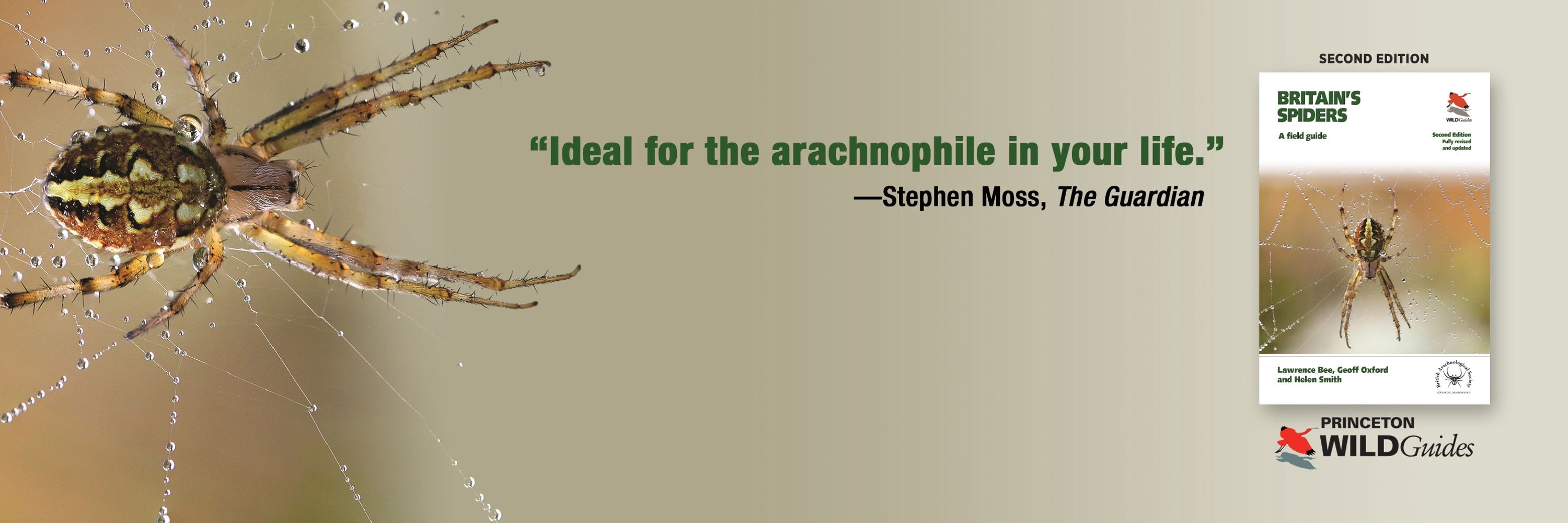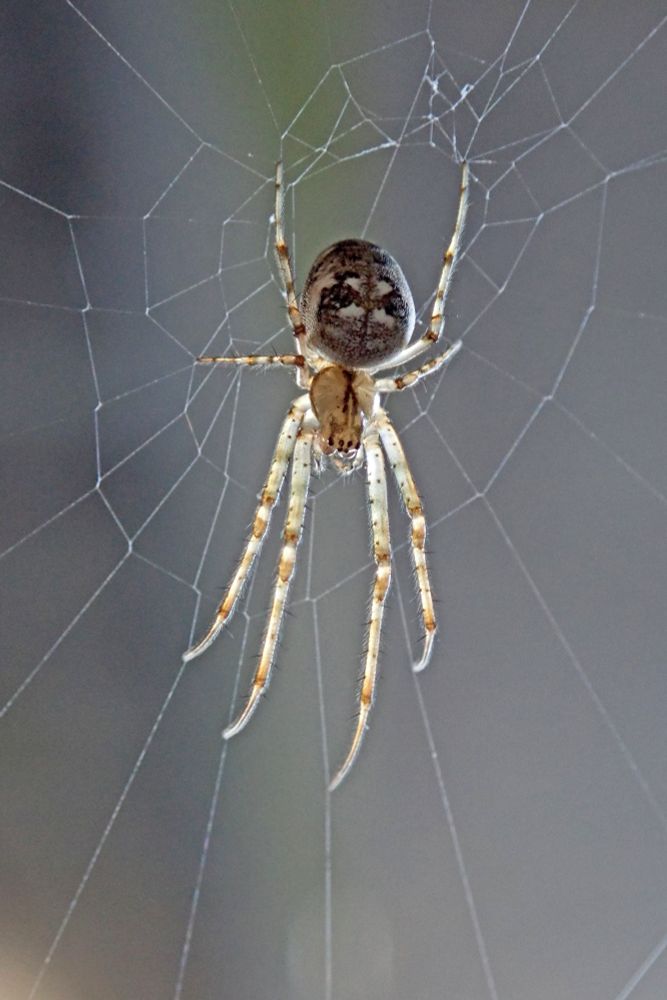

This occurs due to the process of regressive evolution. In an environment without light, vision provides no advantage in finding prey or avoiding predators. The loss of their eyes means that energy and resources once used for eyes are instead allocated to other traits.


This occurs due to the process of regressive evolution. In an environment without light, vision provides no advantage in finding prey or avoiding predators. The loss of their eyes means that energy and resources once used for eyes are instead allocated to other traits.




doi.org/10.1002/cne....
🧪🕷

doi.org/10.1002/cne....
🧪🕷
#BlueskyArtShow #photography #photographer #naturephotography

#BlueskyArtShow #photography #photographer #naturephotography
www.bbc.co.uk/newsround/ar...

www.bbc.co.uk/newsround/ar...
Our trip to Okefenokee NWR has already resulted in a re-discovery of a long-lost species. Ceratinopsis bona Chamberlin & Ivie, 1944 was last seen in 1943, 82 years ago. In addition to possessing genitalia that match the descriptions, their black tibia IVs are also diagnostic.


Our trip to Okefenokee NWR has already resulted in a re-discovery of a long-lost species. Ceratinopsis bona Chamberlin & Ivie, 1944 was last seen in 1943, 82 years ago. In addition to possessing genitalia that match the descriptions, their black tibia IVs are also diagnostic.




Bottom right is a Noble False Widow (Steatoda nobilis)
Bottom right is a Noble False Widow (Steatoda nobilis)
Publisher: Pisces
Review: markavery.info/2025/11/16/s...
@ynuorg.bsky.social @britishspiders.bsky.social @yorkshiredales.org.uk @northyorkmoors.org.uk @yorkswildlife.bsky.social @wildsheffield.bsky.social

Publisher: Pisces
Review: markavery.info/2025/11/16/s...
@ynuorg.bsky.social @britishspiders.bsky.social @yorkshiredales.org.uk @northyorkmoors.org.uk @yorkswildlife.bsky.social @wildsheffield.bsky.social
This topic is amazing.
youtu.be/_QF6kaOAuYg?...

'If spiders are your thing, then this is a book for you, particularly, but not only, if you live in Yorkshire'
Publisher: Pisces
Review: markavery.info/2025/11/16/s...
@ynuorg.bsky.social @britishspiders.bsky.social @yorkshiredales.org.uk @northyorkmoors.org.uk @yorkswildlife.bsky.social @wildsheffield.bsky.social

'If spiders are your thing, then this is a book for you, particularly, but not only, if you live in Yorkshire'



One of the most incredible spiders in the world, this Tarantula (Hapalopus sp.) lives in the Ecuadorian Amazon!🌳
When people think of Tarantulas, we mainly think of large, plain coloured spiders, but in the neotropics we enter a world of colour!🧡🖤

One of the most incredible spiders in the world, this Tarantula (Hapalopus sp.) lives in the Ecuadorian Amazon!🌳
When people think of Tarantulas, we mainly think of large, plain coloured spiders, but in the neotropics we enter a world of colour!🧡🖤




@britishspiders.bsky.social

@britishspiders.bsky.social


